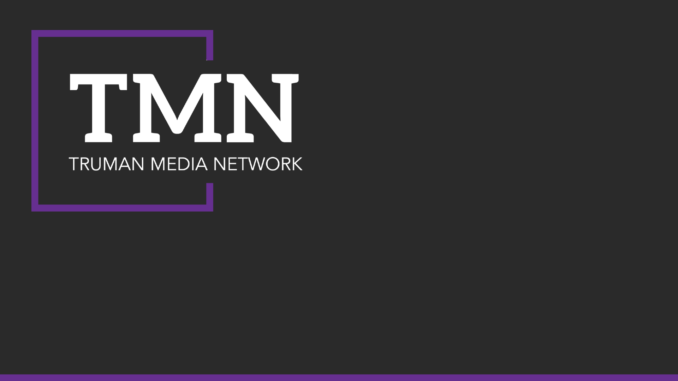
It’s safe to say we’re all probably exhausted by all of the information about COVID-19, social issues, local and national elections and all sorts of other hodgepodge that’s been hurled at us through our televisions, computers, phones and even our mail. I’m an editor for a newspaper and I know it’s important to stay informed but even I want to shut it all off sometimes. What’s worse than the overabundance of media messages is the often-conflicting and misleading information from sources we’re supposed to trust. Unlike COVID-19, misinformation has been around for a long time, but they are both spreading like wildfire presently. We all know the basic guidelines for fighting COVID-19 — wearing a mask, social distancing, sanitizing — but it’s definitely time for a refresher on fighting misinformation.
Understanding and dealing with misinformation is an important job to which many people have devoted their entire life’s work. It’s a lot to fit into one brief column but here are a few tips and tricks I’ve learned from my professors at Truman State University, other scholars with whom I’ve had the pleasure of speaking and my own experiences as a student, editor and aspiring communication professional. There are three major steps I use to fight misinformation: spot it, halt it and call it out.
The first thing to keep in mind when trying to spot misinformation is to always be skeptical. That doesn’t mean you should assume all news is fake news, but rather don’t assume that all news is 100 percent factual. In short, just don’t assume. While you want to be a skeptic, assuming is what lazy skeptics do, which brings me to another big point: don’t be lazy.
Check information across multiple sources. It’s possible that one source completely fabricated its information, which is a very black-and-white scenario and fairly easy to spot. Other times the facts may be similar, but the portrayal of an event is different across sources. These cases require a little more work and, unfortunately, are common. Check out the bias of each source by researching the source’s history and what others have said about it. Try to read news from sources that are classified as generally neutral. With that in mind, also keep tabs on sources that have heavy biases. Understanding the language and style of biased reporting can help you spot it in the future. Don’t forget to approach those sources with skepticism or, in my mother’s words, take them “with a grain of salt.”
To help halt the spread of misinformation, be sure to do all of the above before you share new information. Social media has made it so simple and efficient to hit share and exponentially grow an audience. Unfortunately, this can be like coughing misinformation into a crowd. If you’ve done everything above and you’re still not confident in the source’s credibility or the information’s validity, it’s probably best to err on the side of caution and not share it.
The last step, which really should be done all the time, is to call out misinformation when you spot it. Organizations whose purposes are to provide information to people have a responsibility to those they serve, including you. If they are spreading misinformation they are failing their mission and you should let them know. Call, email or message an editor, writer or other staff member to let them know they got information wrong. As Managing Editor of The Index, I encourage you to include us in this endeavor. We are committed to helping fight the spread of misinformation and that means we need to be held accountable to our mission of providing accurate information to you.
While we continue to battle COVID-19 with its sweeping effects and look forward — or not — to elections, we must continue to work against misinformation in its many forms.
